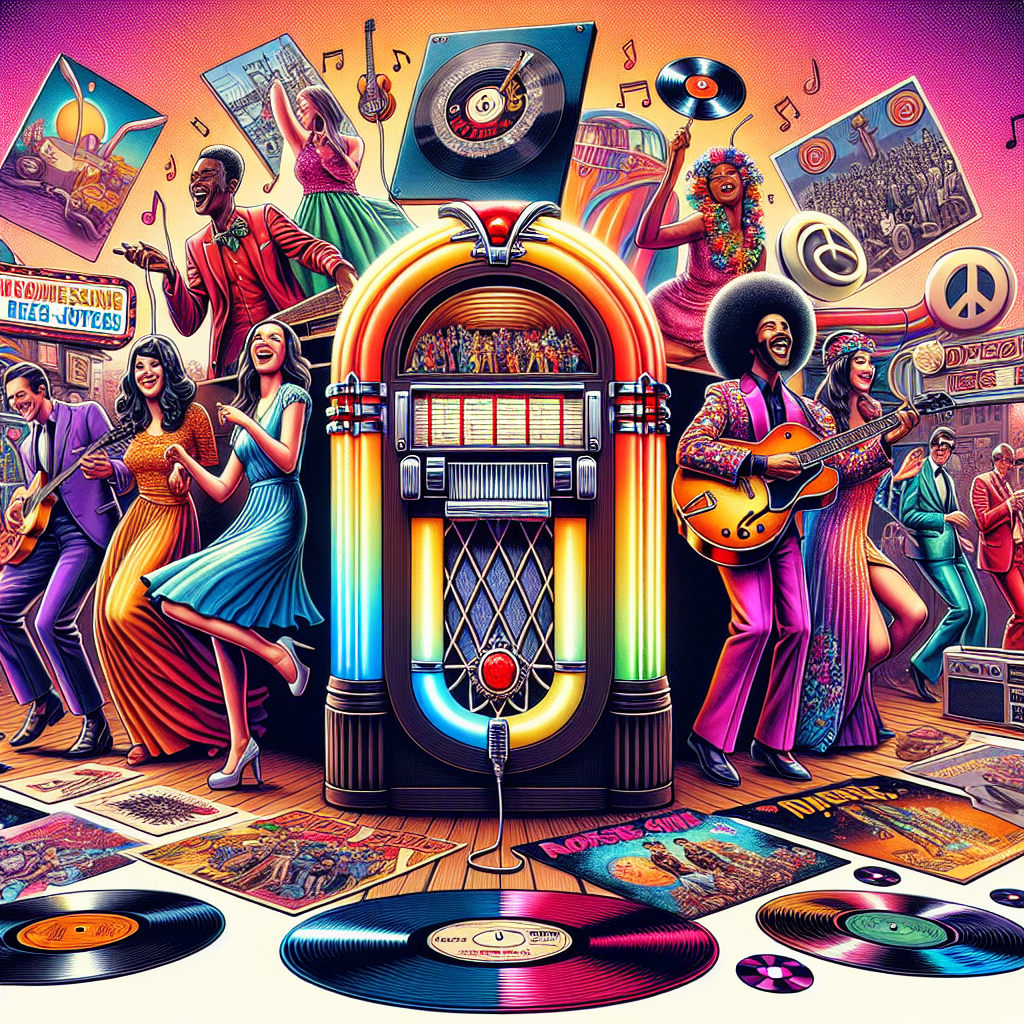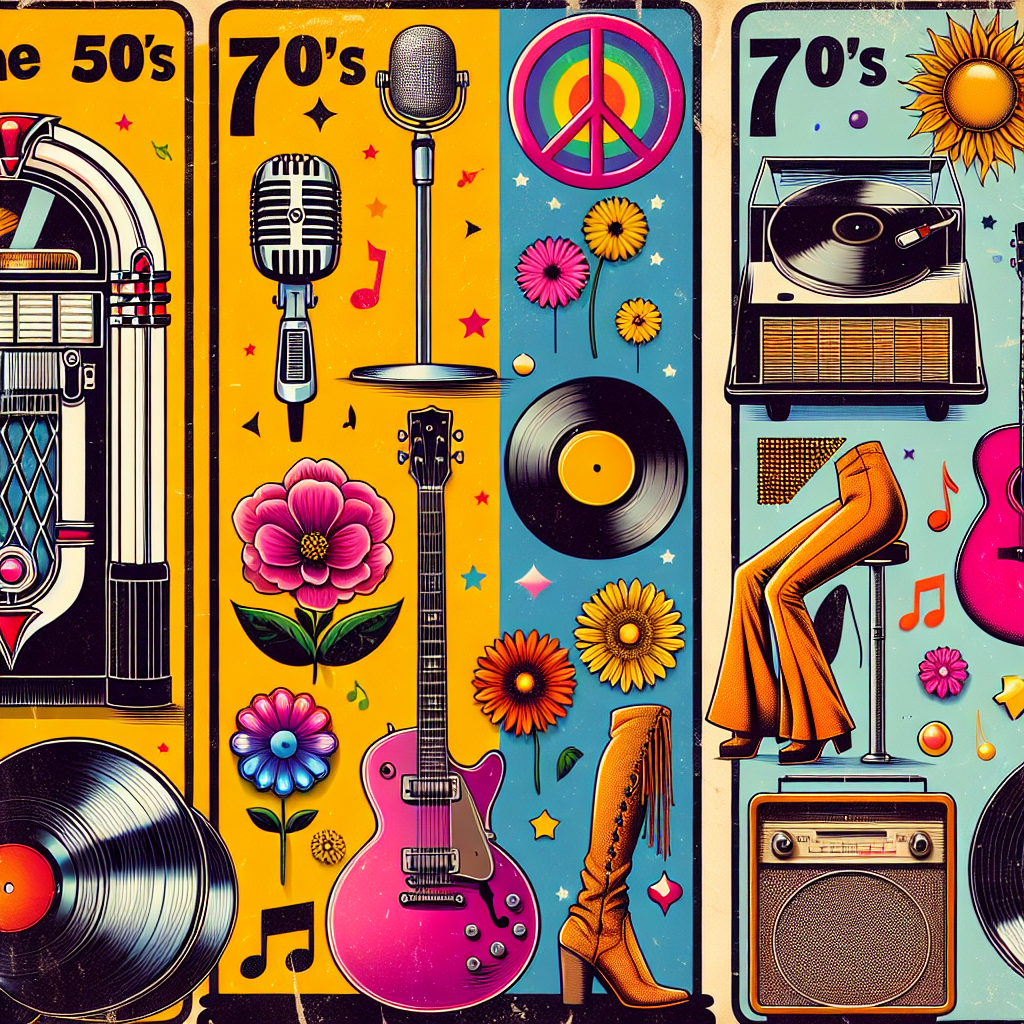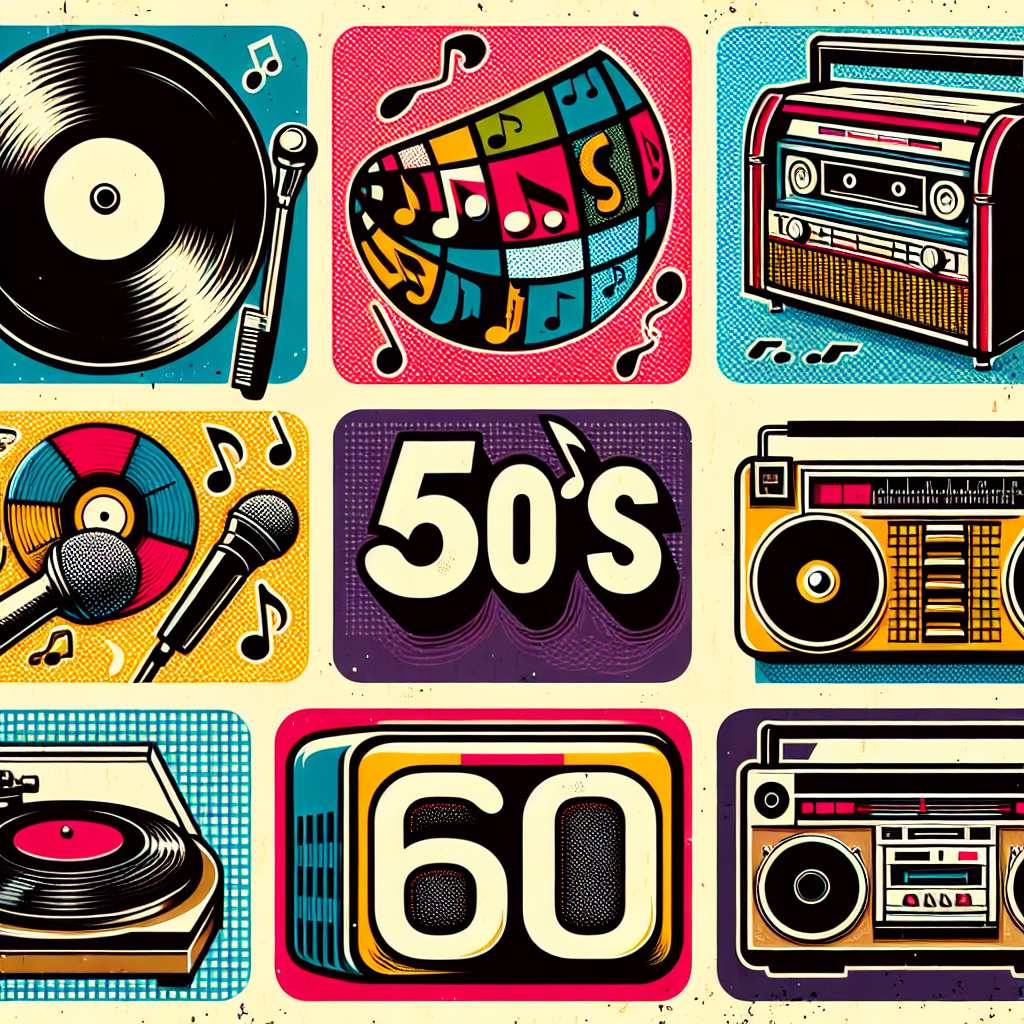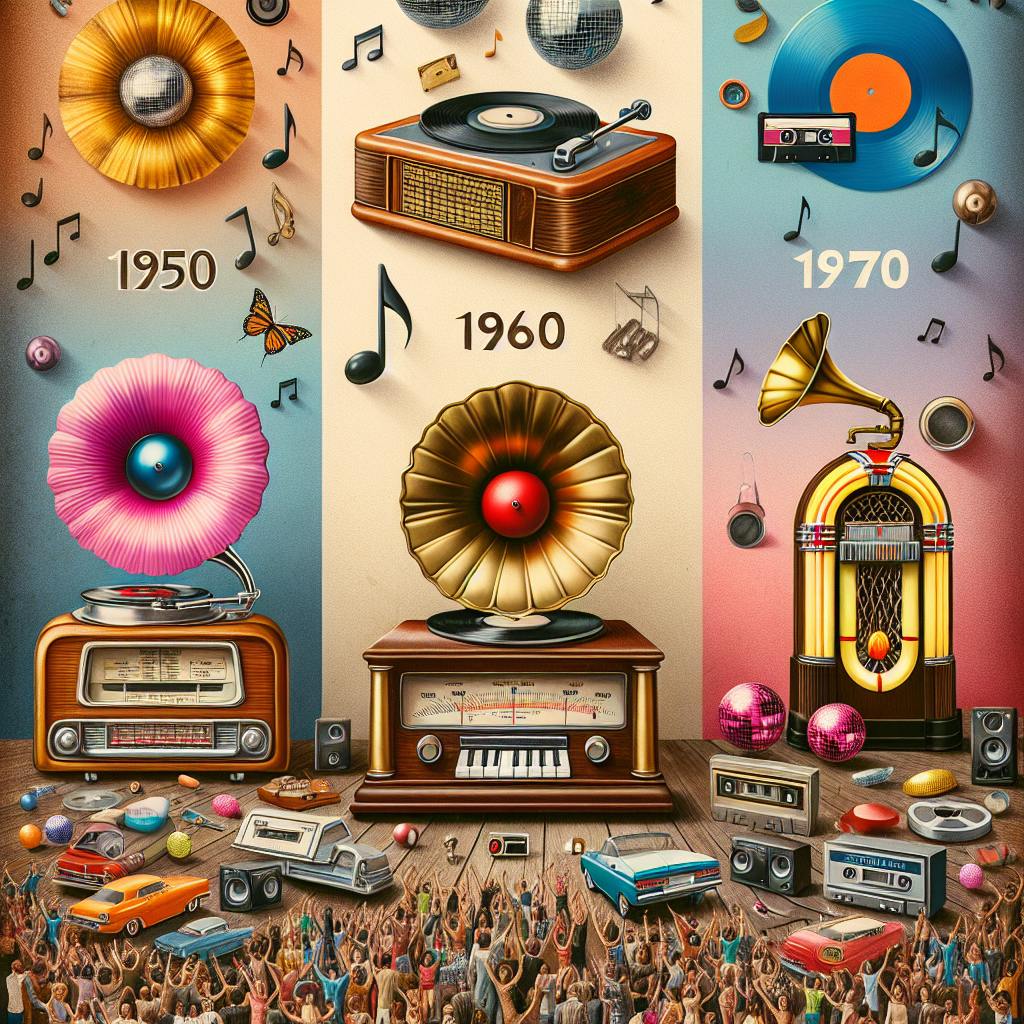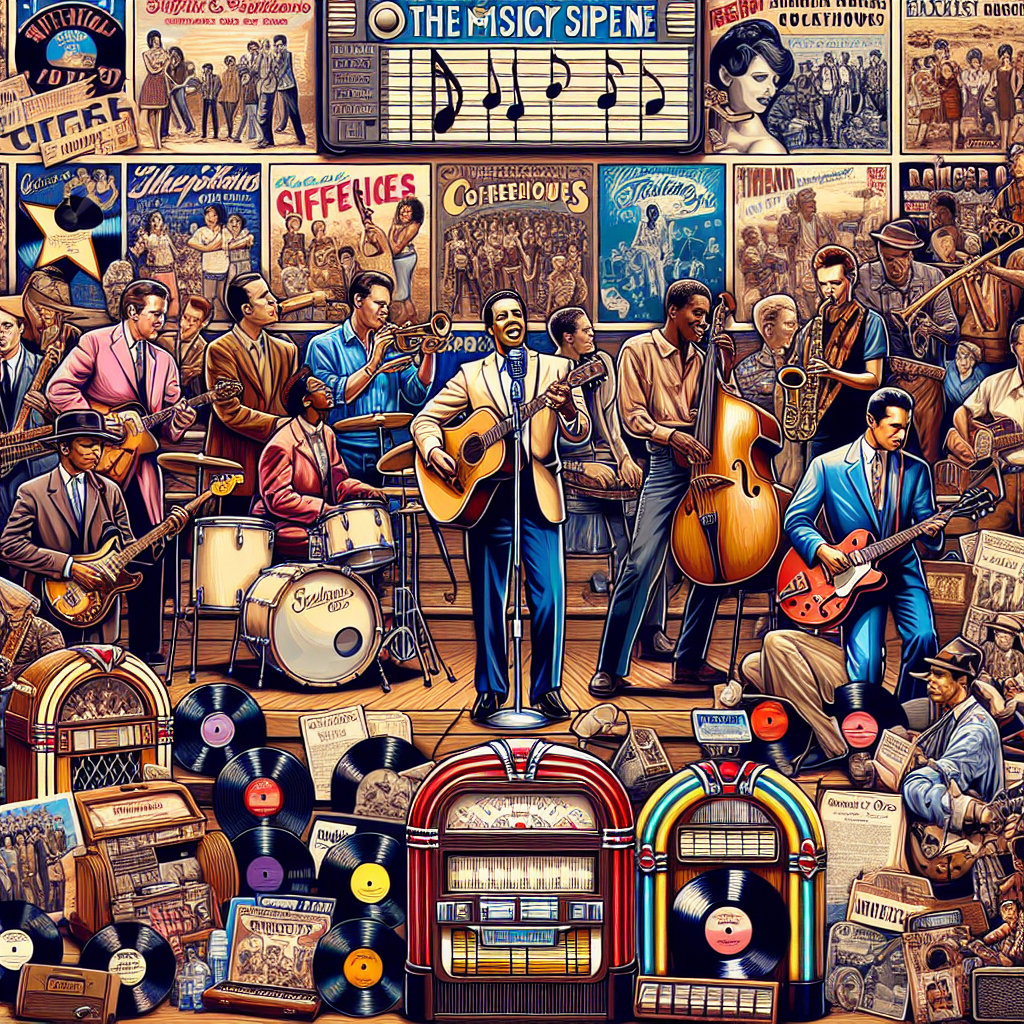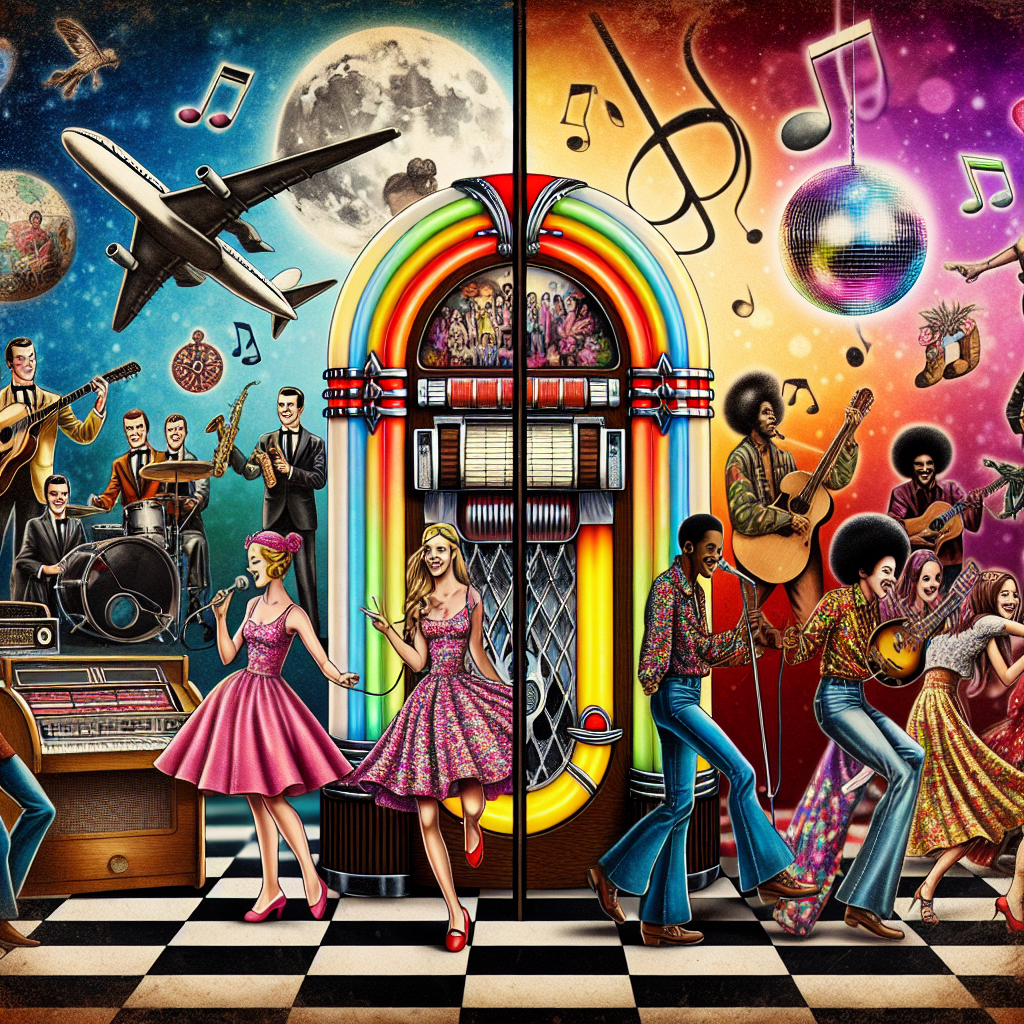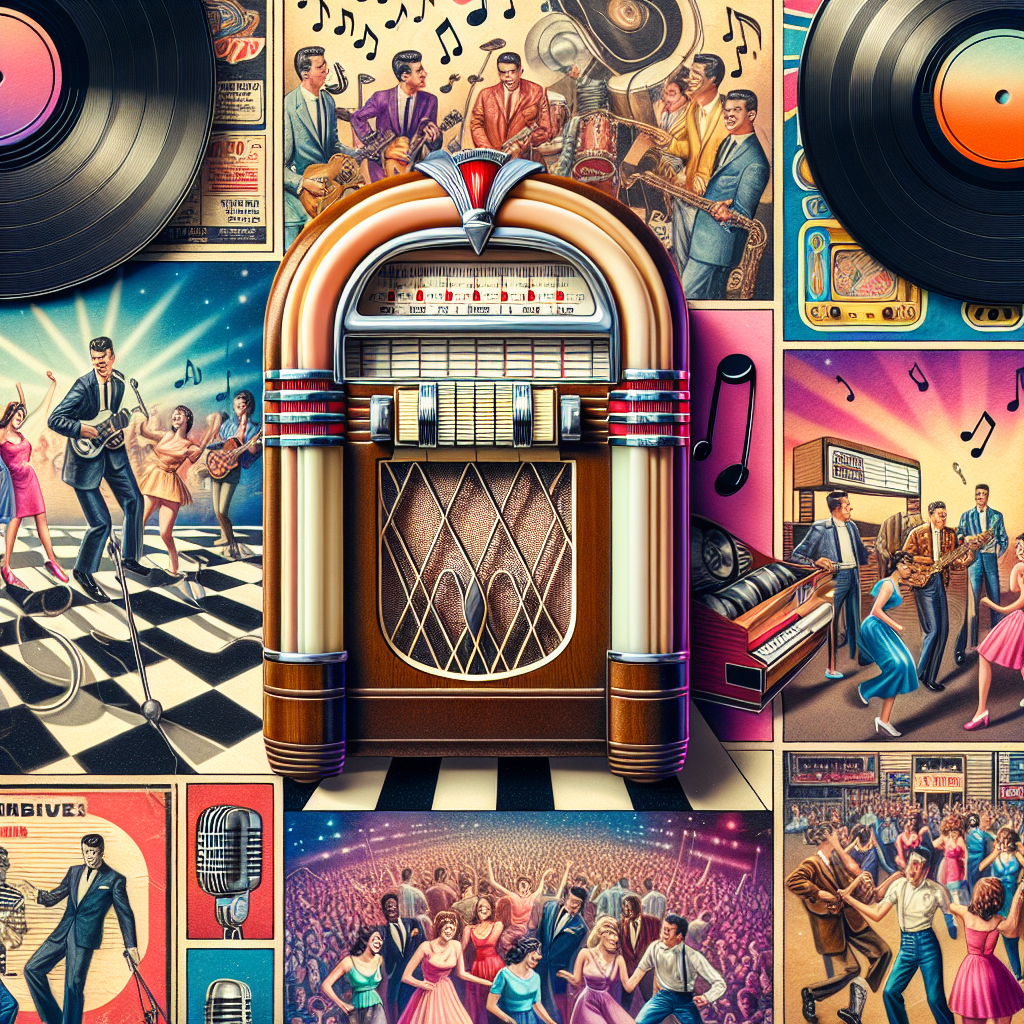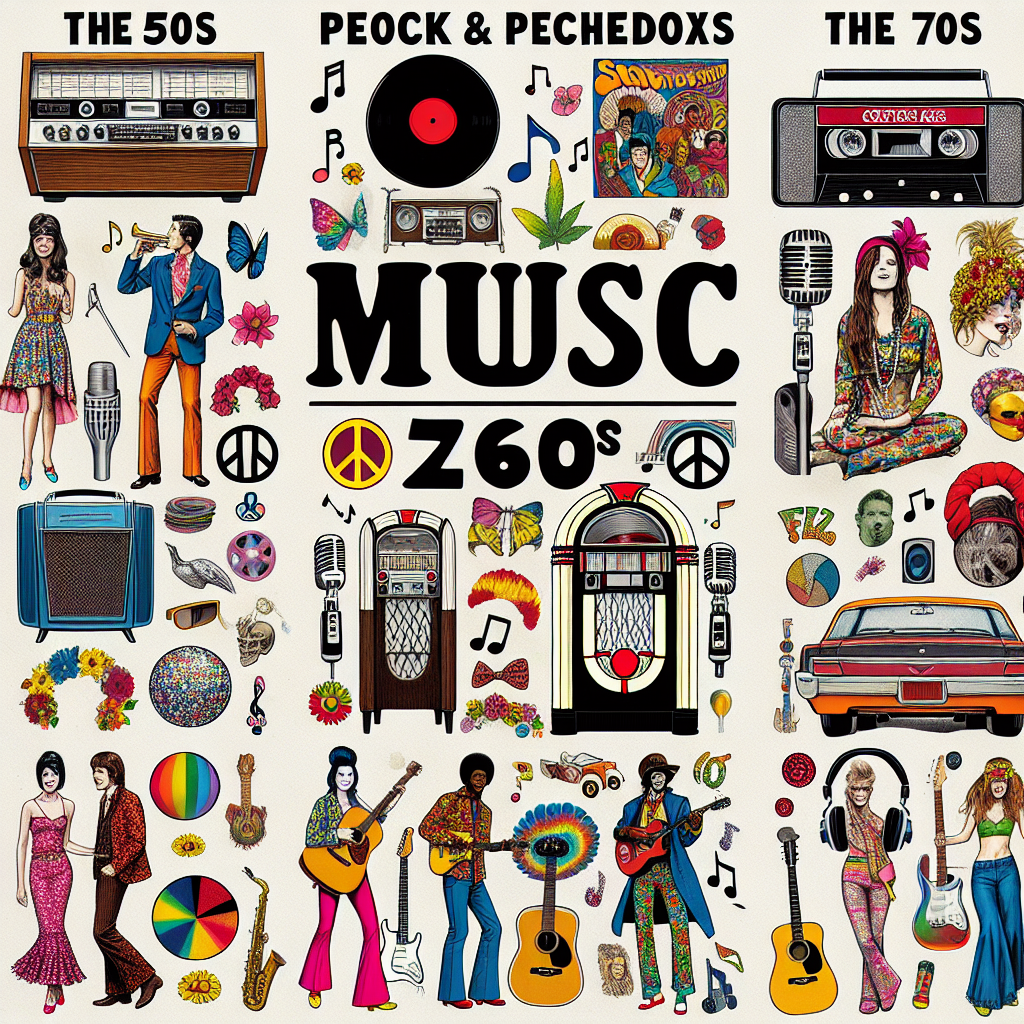During the 1960s and 1970s, Motown played a significant role in shaping pop music and culture. With its unique sound and talented artists, Motown had a lasting influence on not only the music industry but also on fashion, technology, and even politics.
One of the key ways in which Motown influenced pop music was through its innovative production techniques. Motown founder Berry Gordy Jr. was known for his meticulous attention to detail and his emphasis on creating polished, radio-friendly songs. This approach helped Motown artists such as The Supremes, Marvin Gaye, and Stevie Wonder achieve widespread commercial success and paved the way for future pop acts to follow suit.
But Motown’s influence went beyond just music. The label’s artists were also trendsetters in terms of fashion, with their sleek suits and glamorous stage presence setting the standard for style in the 60s and 70s. Motown’s impact on fashion can still be seen today, with many artists citing Motown stars as style icons.
In addition to shaping music and fashion trends, Motown also had a hand in advancing technology in the music industry. The label was one of the first to embrace new recording techniques such as overdubbing and stereo mixing, helping to push the boundaries of what was possible in terms of sound quality. This commitment to innovation laid the groundwork for modern recording practices and helped pave the way for future advancements in music technology.
Politically, Motown also played a role in breaking down racial barriers during a time of great social upheaval. The label’s roster of diverse artists helped to bridge racial divides through their shared love of music, bringing people together at a time when tensions were high. In this way, Motown not only influenced pop culture but also contributed to important conversations about race relations in America.
Overall, it’s clear that Motown had a profound impact on pop music and culture during the 60s and 70s. From its innovative production techniques to its influence on fashion and technology, Motown set the stage for future generations of musicians to follow in its footsteps. And with its commitment to diversity and inclusion, Motown also helped pave the way for important social change during a tumultuous time in American history.
